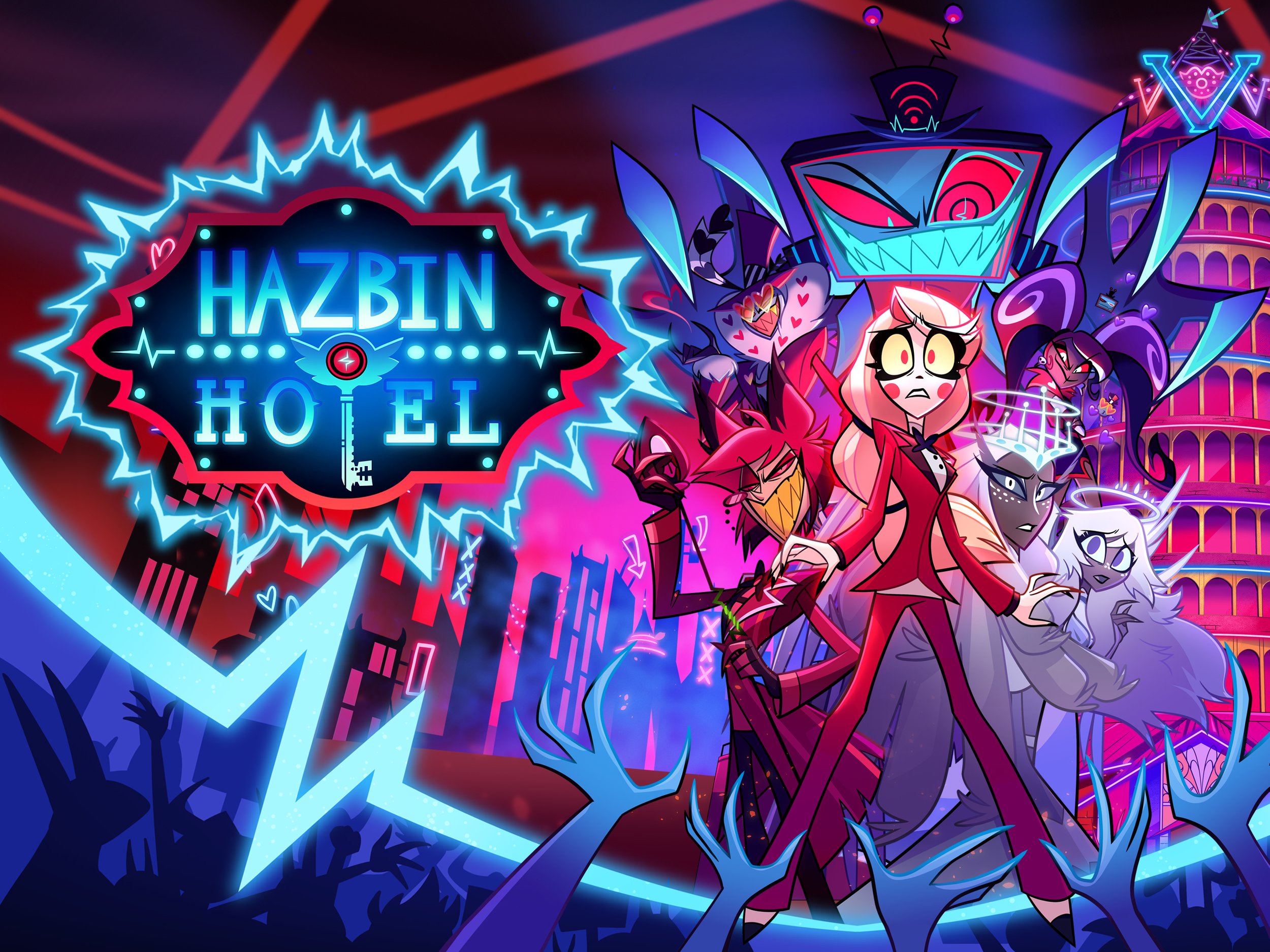The Psychology of Isolation and Alienation in Frankenstein’s Creature
Mary Shelley’s Frankenstein has fascinated readers for centuries, not only for its gothic atmosphere and ethical questions about scientific boundaries but also for its deep exploration of human psychology through the creature’s journey. Created in isolation, abandoned by his creator, and rejected by society, Frankenstein’s creature undergoes a development that mirrors real psychological responses to prolonged isolation, deprivation, and lack of attachment. Today, insights from attachment theory, social isolation research, and the study of moral development help illuminate the reasons behind the creature’s trajectory from a curious, empathetic being to one plagued by anger, despair, and moral conflict. By examining the creature’s development through these lenses, we gain a clearer understanding of the powerful consequences of social rejection and isolation on the psyche.
The Creature’s Lack of Attachment and Its Psychological Impact
One of the most profound influences on Frankenstein’s creature is his lack of any secure attachment. In contemporary psychology, attachment theory—pioneered by John Bowlby—suggests that secure attachments in early life are critical for healthy psychological development. Bowlby’s theory posits that children form emotional bonds with caregivers, which serve as a foundation for future social relationships, emotional regulation, and empathy. Without these attachments, individuals may struggle to form trust, develop self-worth, or regulate emotions.
The creature, abandoned immediately after his “birth” by Victor Frankenstein, has no chance to form any attachment bond. His first experience is one of rejection, as he is thrust into a world with no guiding figure, no reassurance, and no one to help him interpret his surroundings. Deprived of this critical bonding, the creature’s early days are marked by confusion, loneliness, and a desperate search for companionship. This mirrors findings from studies on attachment-deprived children, who often experience intense feelings of abandonment, anger, and confusion in their attempts to understand a world that appears indifferent to their needs.
As he reflects on his early existence, the creature recounts the pain of this rejection: “I was benevolent and good; misery made me a fiend.” His emotional response reflects what psychologists now understand as the “internal working model” of attachment, wherein early experiences of rejection form a blueprint for how an individual perceives themselves and others. Without positive social feedback, the creature internalizes a belief that he is unworthy of love, which sets him on a path toward bitterness and alienation.
Social Isolation and Cognitive Development
The creature’s prolonged social isolation has profound effects on his cognitive and emotional development. Contemporary research on social isolation indicates that social interaction is critical for developing key cognitive and emotional capacities, including language, empathy, and self-concept. In the absence of social contact, individuals often experience cognitive delays, difficulties in emotional regulation, and impaired empathy.
In Frankenstein, the creature’s solitary existence forces him to rely on observation rather than interaction for learning. His encounters with language, for example, are self-taught from observing the De Lacey family. Although he gains the ability to communicate and understand human behavior through these observations, his learning is passive, devoid of interactive feedback and emotional reciprocity. Consequently, his understanding of social dynamics is stunted. He knows how to speak and read, but he does not fully grasp social nuances, empathy, or trust. His attempts to reach out to others fail catastrophically, as his appearance provokes fear and hostility rather than companionship.
The impact of isolation on empathy is particularly evident in his interactions with the De Lacey family. Despite developing affection and empathy for them from afar, his attempts to connect directly are met with fear and aggression. Psychologically, this represents a form of “social mirroring”—wherein the creature, despite his good intentions, comes to mirror the fear and violence directed at him. In essence, his attempts to reach out are punished, reinforcing his belief that kindness and compassion will not be reciprocated, thereby reducing his capacity for empathy over time.
The Role of Deprivation in Moral Development
The creature’s moral development—or degeneration—is deeply influenced by his social deprivation. Psychologist Lawrence Kohlberg’s stages of moral development suggest that moral reasoning develops through social interaction, typically beginning with adherence to social rules and progressing toward empathy-based reasoning and principles of justice. Since the creature is isolated, his moral framework lacks social validation or challenge, which stunts his progression toward higher moral reasoning.
Initially, the creature exhibits signs of moral awareness, such as his kindness toward the De Lacey family and his inclination to assist them anonymously by gathering wood. These acts reveal a latent empathy and a desire for acceptance, suggesting that the creature has an inherent capacity for compassion. However, the continual rejection and violence he faces prompt him to abandon these pro-social behaviors. Lacking any guidance or reinforcement for his early kindness, he eventually resorts to violence, as his frustrations and unfulfilled desires overwhelm his initial inclinations.
This decline reflects what psychologist Albert Bandura termed “moral disengagement.” Faced with repeated hostility, the creature rationalizes his own violent actions as a response to the injustice he has suffered. His psychological development illustrates the idea that social deprivation can contribute to moral disintegration, particularly when an individual has no model for constructive social behavior or empathy-based morality. His statement, “I am malicious because I am miserable,” epitomizes his shift from a desire for acceptance to a belief that violence is his only recourse.
Emotional Dysregulation and Hostility as Responses to Rejection
Rejection plays a central role in the creature’s psychological trajectory, as demonstrated in his frequent experiences of social exclusion, even violent expulsion, from communities. Research in modern psychology suggests that prolonged social rejection can lead to emotional dysregulation and heightened aggression. Studies on ostracism have shown that individuals who experience chronic rejection may suffer from depression, anxiety, and, in some cases, a tendency toward hostility and aggression.
The creature’s initial interactions reflect hope and a need for connection, but each episode of rejection heightens his sense of anger and despair. The hostility he encounters not only isolates him further but also cultivates an “us versus them” mentality. His internal struggle is further compounded by his physical form, which he cannot change and which continuously reinforces his sense of alienation. Over time, these repeated experiences of rejection breed intense rage, which he channels toward his creator and, eventually, toward innocent individuals. The creature’s emotional journey, from the joy of learning language to the despair of perpetual exclusion, mirrors what psychologists identify as the effects of cumulative social rejection, where frustration and helplessness escalate into resentment and rage.
The Creature’s Journey as a Reflection of Psychological Trauma
Ultimately, Frankenstein’s creature represents an example of how psychological trauma can distort one’s personality and moral framework. His transformation from a hopeful being seeking acceptance to a vengeful figure parallels what is observed in trauma survivors who lack social support. Trauma theorists, such as Judith Herman, have noted that individuals who experience complex trauma—ongoing and repeated instances of abuse or neglect—often suffer from a fractured sense of self, emotional numbness, and an inability to form trusting relationships.
The creature’s narrative is, in this sense, a tragic example of complex trauma. He is abandoned by his creator, shunned by society, and ultimately forced into isolation. Devoid of support, he oscillates between seeking acceptance and retaliating against those who reject him. His lack of social bonds deprives him of the opportunity to process his trauma, resulting in what might be viewed as a “negative identity”—one defined by others’ rejection rather than by his intrinsic qualities or values.
Simply Put
Mary Shelley’s Frankenstein offers more than a tale of scientific hubris; it presents a rich psychological portrait of the impact of isolation, rejection, and deprivation on human development. Frankenstein’s creature begins as a being with the potential for empathy, kindness, and moral awareness. However, deprived of any attachment, socialization, or guidance, he is left to navigate a hostile world alone, leading to his tragic transformation. Modern psychological theories on attachment, social isolation, and trauma underscore the profound effects of these experiences on his psychological development, revealing that even the most initially compassionate individual can become embittered and hostile when deprived of social connection and acceptance. Through the creature’s story, Shelley not only anticipates these psychological insights but also illuminates the fundamental human need for empathy, belonging, and connection.















